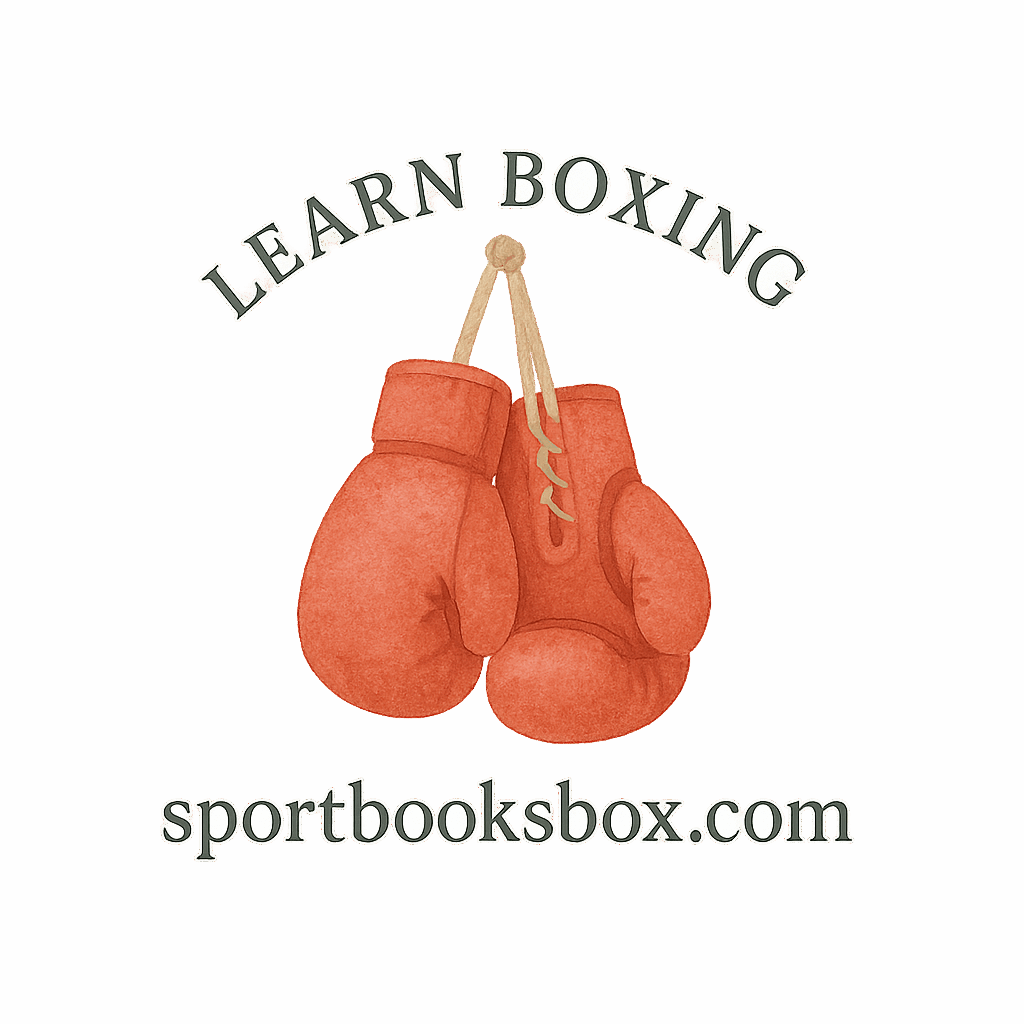Thinking of stepping into the ring? Awesome! But before you throw your first jab or master footwork drills, there’s one piece of gear you shouldn’t overlook—boxing shoes. These aren’t just flashy sneakers. They’re your foundation, your balance, and quite literally the difference between floating like a butterfly or stumbling like a baby giraffe.
Let’s dive into 8 essential things you should know before buying your first pair of boxing shoes.
Why Boxing Shoes Matter More Than You Think
Most beginners overlook boxing shoes. After all, can’t you just wear your running shoes or some regular gym trainers? Big mistake. Boxing shoes are crafted specifically for the demands of the sport: quick lateral movement, pivoting, grip, and lightness.
Unlike standard sneakers, these bad boys are made to enhance your performance, protect your ankles, and keep your movements crisp.
Want to learn more about proper boxing gear? Check out the Boxing Gear & Equipment section.
1. Understand the Role of Boxing Shoes in Your Performance
Support, Balance, and Speed
When you’re ducking punches or throwing combos, balance is your best friend. Good boxing shoes offer:
- Arch support to stabilize your movements
- Ankle support to prevent rolling
- Lightweight materials for speed
In short, they let you move with precision without dragging your feet.
How They Differ from Regular Athletic Shoes
Here’s the deal—normal running shoes are made for forward motion. Boxing is multi-directional. You need to pivot, slide, and shift weight constantly. Boxing shoes are built to reduce traction just enough so you can pivot without tripping.
2. Choose the Right Type: Low-Top vs. High-Top Boxing Shoes
Benefits of Low-Tops
Low-tops are perfect for boxers who prioritize speed and agility. They’re light, offer more ankle mobility, and feel less restrictive. If you have strong ankles and are all about fast footwork, these might be your jam.
When to Go for High-Tops
High-tops, on the other hand, offer maximum ankle support. They’re ideal for beginners or anyone with a history of ankle injuries. They can feel snug but help keep you stable during quick lateral movements.
Explore more tips for beginners in our Beginner Guide.
3. Fit and Comfort: Your Feet Will Thank You
Getting the Sizing Right
Boxing shoes should feel snug but not tight. There shouldn’t be any extra space that causes sliding, and your toes should have just enough room to wiggle.
Try them on with the type of socks you’ll actually wear during training.
Importance of Breathability and Padding
Boxing sessions get sweaty. Look for mesh uppers or ventilation holes. Also, good padding around the heel and ankle will help prevent blisters and discomfort.

Dive deeper into training strategies at Boxing Training & Workouts.
4. Grip and Sole Design: Stay Grounded in the Ring
Traction for Quick Footwork
The sole is one of the most critical components. It should have a circular pivot pattern, usually made from gum rubber, to give you the right grip without sticking.
You don’t want to be slipping, but you also don’t want your shoes to grip so much that your knees twist during pivots.
Flexibility Without Losing Stability
Some soles are too rigid, making your feet feel like they’re in casts. Flexibility in the midsole helps with natural movement, while firmness around the edges offers lateral stability.
Want to learn the boxing steps from scratch? Visit Boxing Basics & Fundamentals.
5. Durability vs. Price: Know When to Invest
How Long Boxing Shoes Typically Last
If you train 2–3 times a week, a good pair can last 6 to 12 months. It depends on the brand, material, and how hard you train.
Budget-Friendly vs. Premium Choices
Beginners can go for shoes in the $50–$100 range, which still offer decent quality. As you advance, you might want to invest in premium models from brands like Nike, Adidas, or Rival.
Check out our resource on Boxing Progress to match your gear with your skill level.
6. Match Your Shoes with Your Boxing Gear
Style Meets Function
Your boxing shoes should complement the rest of your gear. Not just aesthetically—think about grip matching your mat type, and support matching your glove weight and training intensity.
Internal Link: Boxing Gear & Equipment
Don’t forget, your gear works as a system. Headgear, gloves, wraps, and yes, shoes—each part should serve your training goals.
7. Read Reviews and Ask Trainers for Recommendations
Don’t Rely on Marketing Alone
Shoe brands will all claim to be the best. Go beyond flashy product pages and read reviews from people who train just like you.
Ask the Boxing Community
Your gym buddies and coaches are goldmines of experience. Ask them what they wear and why.
You can also check our Boxing Tips section for real advice from real boxers.
8. Start with Beginner-Friendly Options
Internal Link: Boxing Starter Kits
As a newbie, don’t overthink it. Stick with trusted entry-level options like Title Boxing or Everlast beginner lines.
Internal Link: Boxing Basics & Fundamentals
Focus on comfort, grip, and ankle support. As you grow more confident, you’ll know when it’s time to upgrade.
Wrapping It Up: Step Confidently into the Ring
Your boxing shoes are more than just footwear—they’re your base of operations, your secret weapon, your ring partner. Don’t rush the decision. Take your time, test out a few options, and always prioritize comfort and function over flash.
The right pair of boxing shoes will keep you light on your feet and heavy with your punches. And remember, boxing is about progress—one step, one punch, one round at a time.
Want to keep leveling up your boxing journey? Visit SportBooksBox.com for complete resources on training, mindset, and more.
FAQs
1. Do I really need boxing shoes as a beginner?
Yes! While you might start with regular gym shoes, boxing shoes drastically improve performance, footwork, and safety.
2. Are wrestling shoes the same as boxing shoes?
Close, but not identical. Wrestling shoes are a bit stickier and heavier. Boxing shoes are built for more dynamic movement and pivoting.
3. How tight should boxing shoes feel?
They should feel snug without being restrictive. Your foot should not slide around inside the shoe.
4. Can I use boxing shoes outdoors?
Nope. They’re made for smooth indoor surfaces like rings or gym floors. Using them outdoors will ruin the soles quickly.
5. What’s the best brand for beginner boxing shoes?
Brands like Everlast, Title, and Ringside offer excellent beginner models that balance cost and quality.
6. How often should I replace my boxing shoes?
If you train 2–3 times a week, expect to replace them every 6–12 months depending on wear.
7. Can boxing shoes help prevent injuries?
Absolutely. They offer ankle support, grip, and structure that help prevent slips, twists, and falls.


